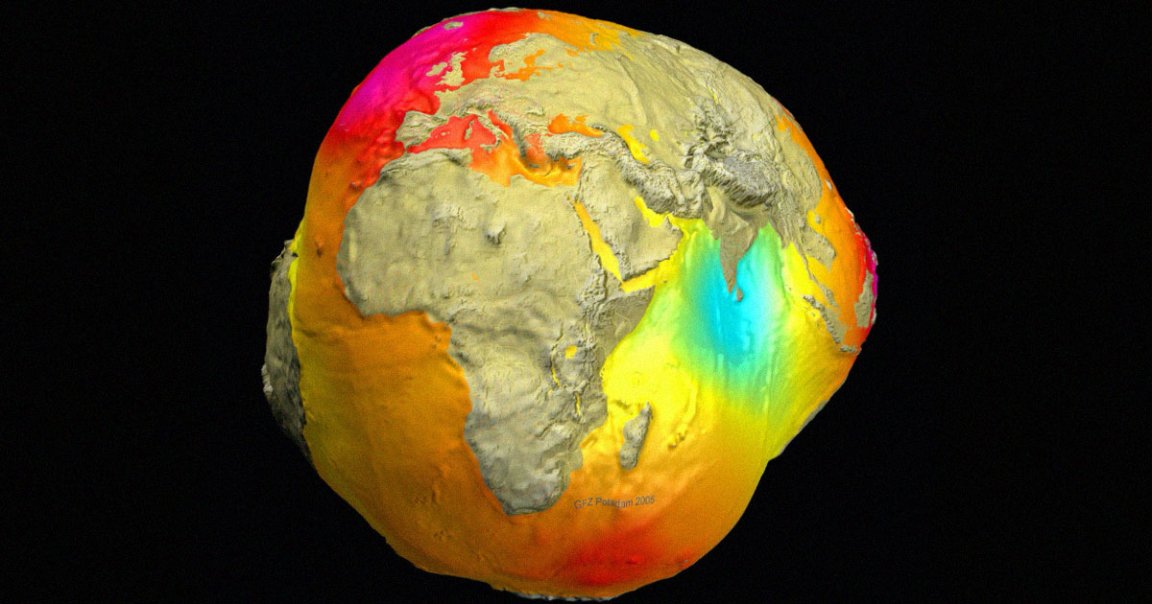
Gravity Hole
Deep below the Indian Ocean, there’s a giant “gravity hole” over one million square miles in size, a depression in the Earth’s crust that has puzzled scientists for decades.
While it’s technically not a conventional hole, geophysicists have used the term to denote a concentrated area where the effects of Earth’s gravity are far lower than average.
And now, scientists may have figured out how this mysterious depression came to be — a fascinating peek into our planet’s ancient and sometimes counterintuitive geological evolution.
Odd Ball
Since our planet is far from a perfect sphere — its poles are flat, while there are bulges lining its equator — the gravitational pull varies depending on location.
Scientists have mapped these effects to create the Earth’s “geoid,” as Scientific American explains, a potato-shaped map that visually exaggerates these gravitational dips and valleys.
One dip in particular, dubbed the Indian Ocean geoid low (IOGL), has caught the attention of researchers ever since its first discovery back in 1948.
In a new study published in Geophysical Research Letters, Indian Institute of Science in Bangalore Attreyee Ghosh and doctoral student Debanjan Pal examined the dip, finding that the sea level of the surrounding ocean is almost 350 feet lower than the global average.
After running various computer models of how the region changed over the last 140 million years, the team concluded that the IOGL may have been the result of the “African blob,” a huge mass in the Earth’s mantle lurking more than 600 miles under Africa, being pushed underneath the Indian Ocean.
Blob Dole
Fascinatingly, geologists believe this blob was formed by the remnants of the seafloor of an ancient ocean called the Tethys Ocean that sat between two supercontinents called Laurasia and Gondwana, more than 200 million years ago. Later, the Indian Ocean was created roughly 120 million years ago as Gondwana moved north into this ancient ocean.
The IOGL, as Pal and Ghosh argue in their latest paper, likely took its current shape roughly 20 million years ago as a result of plumes of hot, low-density magma flanking the area as slabs of the Tethys Ocean sunk into the mantle.
But plenty of questions remain. As Himangshu Paul at the National Geophysical Research Institute in India told New Scientist, there could still be other factors behind the existence of the IOGL as well.
“In simulations it is not possible to exactly mimic nature,” he said.
More on Earth: Gigantic Mountains Inside Earth Mystify Scientists